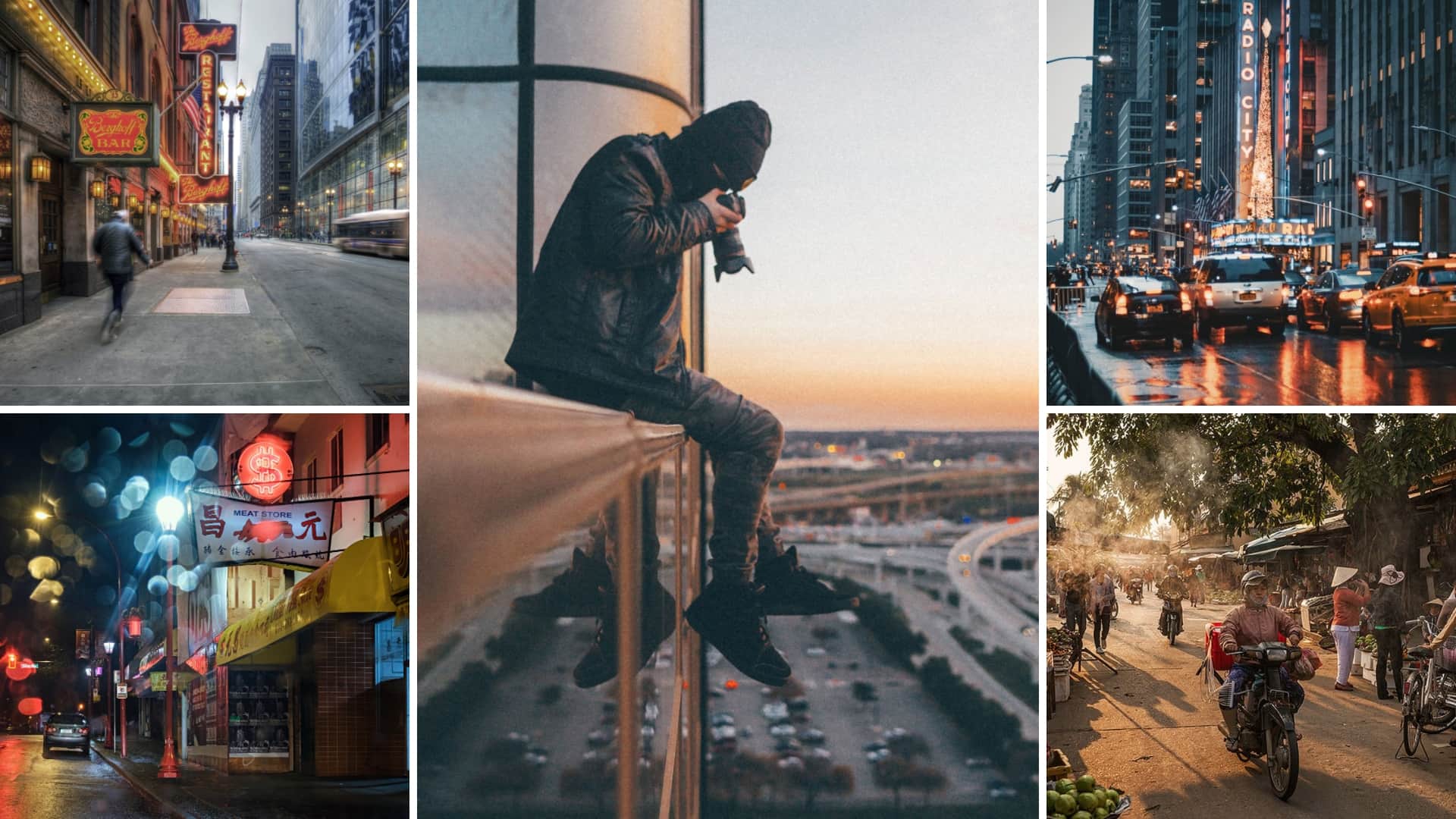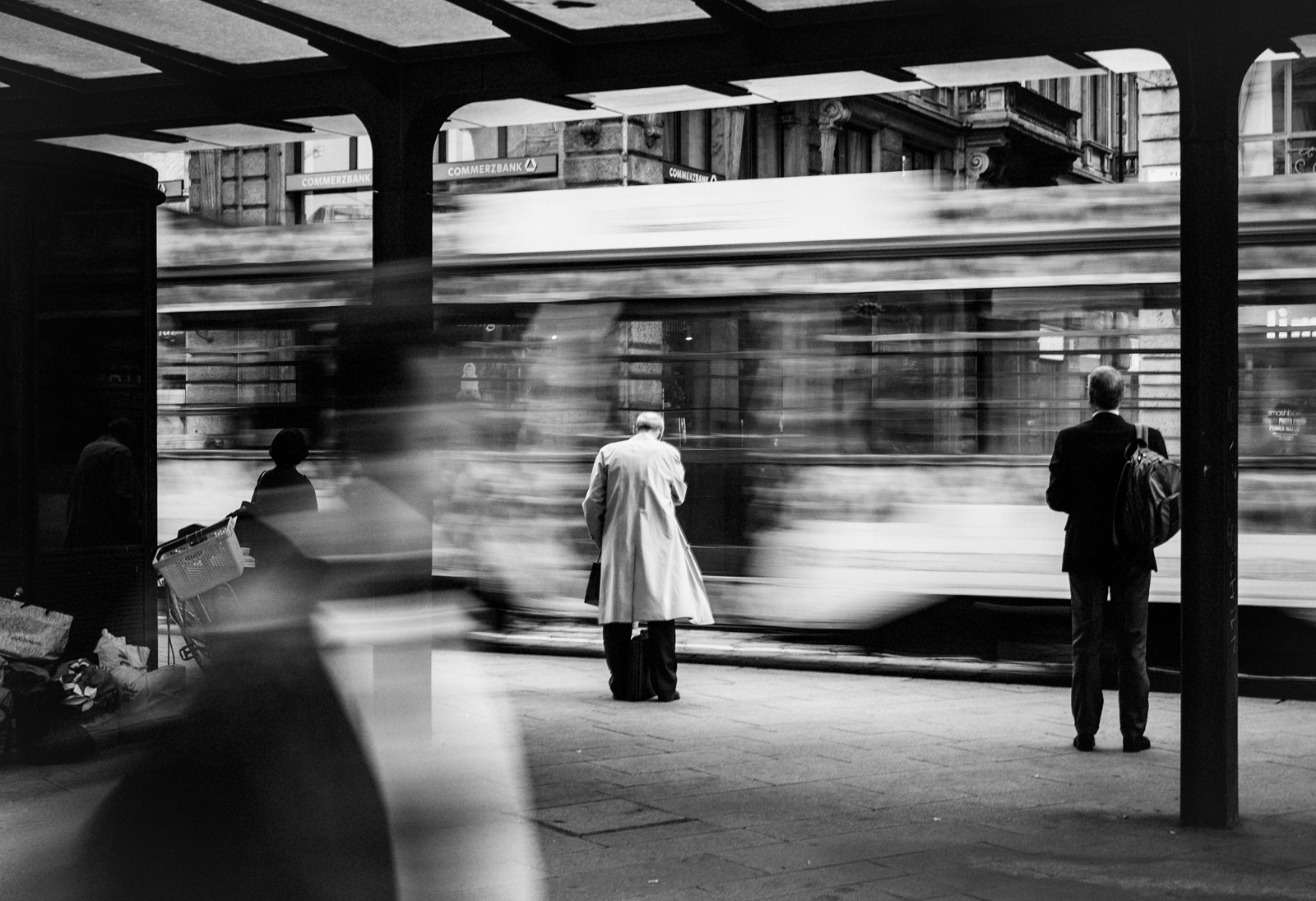The Basic Principles Of Framing Streets
Wiki Article
The 3-Minute Rule for Framing Streets
Table of ContentsThe Facts About Framing Streets UncoveredUnknown Facts About Framing StreetsThe Definitive Guide for Framing StreetsNot known Facts About Framing StreetsThings about Framing StreetsThe 9-Minute Rule for Framing Streets
, normally with the aim of catching pictures at a definitive or emotional moment by mindful framing and timing. https://www.webtoolhub.com/profile.aspx?user=42374010.
The Ultimate Guide To Framing Streets
Susan Sontag, 1977 Road digital photography can concentrate on people and their actions in public. In this regard, the street digital photographer resembles social docudrama photographers or photographers that likewise operate in public areas, however with the goal of catching relevant events. Any of these professional photographers' pictures may record people and home noticeable within or from public places, which typically involves browsing honest issues and legislations of personal privacy, safety and security, and residential or commercial property.Depictions of everyday public life create a style in almost every duration of globe art, beginning in the pre-historic, Sumerian, Egyptian and very early Buddhist art periods. Art taking care of the life of the road, whether within views of cityscapes, or as the dominant concept, shows up in the West in the canon of the North Renaissance, Baroque, Rococo, of Romanticism, Realistic look, Impressionism and Post-Impressionism.
Framing Streets for Dummies
Louis Daguerre: "Boulevard du Temple" (1838 or 1839) In 1838 or 1839 the very first photo of figures in the street was taped by Louis-Jacques-Mand Daguerre in one of a set of daguerreotype sights extracted from his workshop home window of the Boulevard du Temple in Paris. The second, made at the elevation of the day, reveals an uninhabited stretch of road, while the other was taken at concerning 8:00 am, and as Beaumont Newhall reports, "The Boulevard, so constantly full of a relocating throng of pedestrians and carriages was perfectly solitary, except an individual that was having his boots combed.As a result his boots and legs were well defined, yet he is without body or head, since these remained in motion." Charles Ngre, waterseller Charles Ngre. https://www.avitop.com/cs/members/framingstreets1.aspx was the initial professional photographer to attain the technological elegance called for to sign up people in movement on the road in Paris in 1851. Professional Photographer John Thomson, a Scotsman dealing with journalist and social lobbyist Adolphe Smith, published Street Life in London in twelve regular monthly installments starting in February 1877
see this site
An Unbiased View of Framing Streets
Eugene Atget is related to as a progenitor, not due to the fact that he was the very first of his kind, however as an outcome of the popularisation in the late 1920s of his record of Parisian streets by Berenice Abbott, that was influenced to take on a comparable paperwork of New York City. [] As the city established, Atget aided to advertise Parisian roads as a worthwhile topic for digital photography.
Framing Streets Can Be Fun For Anyone
The principal Mass-Observationists were anthropologist Tom Harrisson in Bolton and poet Charles Madge in London, and their first record was produced as the publication "May the Twelfth: Mass-Observation Day-Surveys 1937 by over 2 hundred observers" [] Window cleaner at Kottbusser Tor, Berlin, by Elsa Thiemann c. 1946 The post-war French Humanist College professional photographers located their subjects on the street or in the restaurant. Andre Kertesz.'s widely admired Images la Sauvette (1952) (the English-language edition was titled The Decisive Moment) advertised the idea of taking a picture at what he described the "crucial moment"; "when form and content, vision and make-up combined right into a transcendent whole" - photography presets.5 Simple Techniques For Framing Streets
The recording equipment was 'a surprise cam', a 35 mm Contax concealed beneath his coat, that was 'strapped to the upper body and connected to a long cable strung down the best sleeve'. However, his job had little contemporary effect as due to Evans' level of sensitivities regarding the originality of his project and the privacy of his subjects, it was not released up until 1966, in guide Several Are Called, with an introduction written by James Agee in 1940.Helen Levitt, then a teacher of little ones, related to Evans in 193839. She documented the transitory chalk drawings - 50mm street photography that became part of kids's road society in New York at the time, in addition to the youngsters that made them. In July 1939, Mo, MA's brand-new photography area included Levitt's operate in its inaugural eventRobert Frank's 1958 publication,, was considerable; raw and often out of emphasis, Frank's photos questioned mainstream digital photography of the moment, "challenged all the official rules put down by Henri Cartier-Bresson and Pedestrian Evans" and "contradicted the wholesome pictorialism and genuine photojournalism of American publications like LIFE and Time".
Report this wiki page